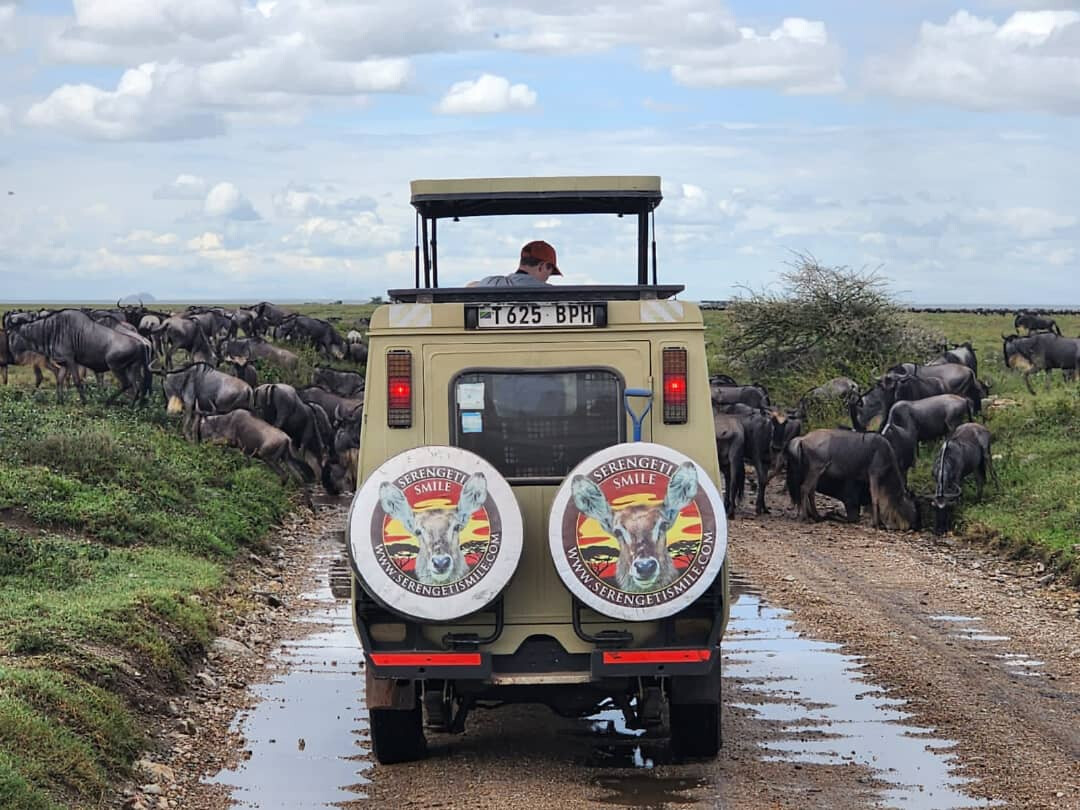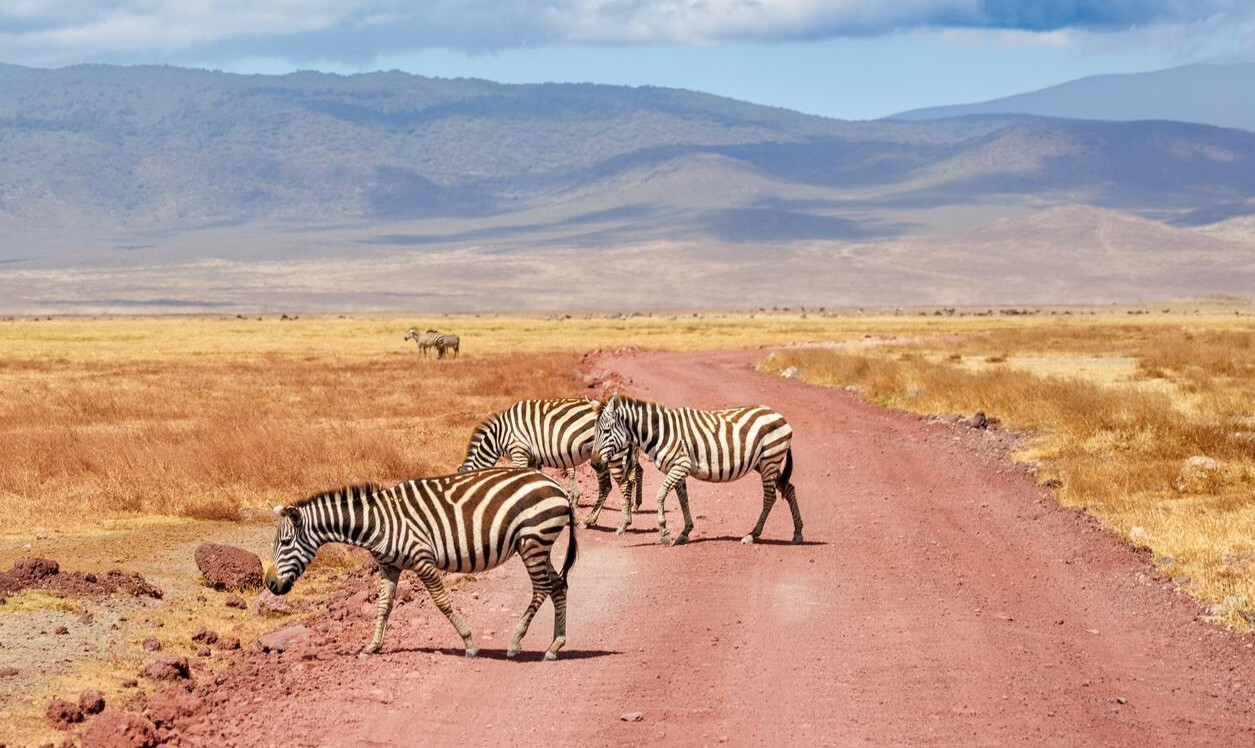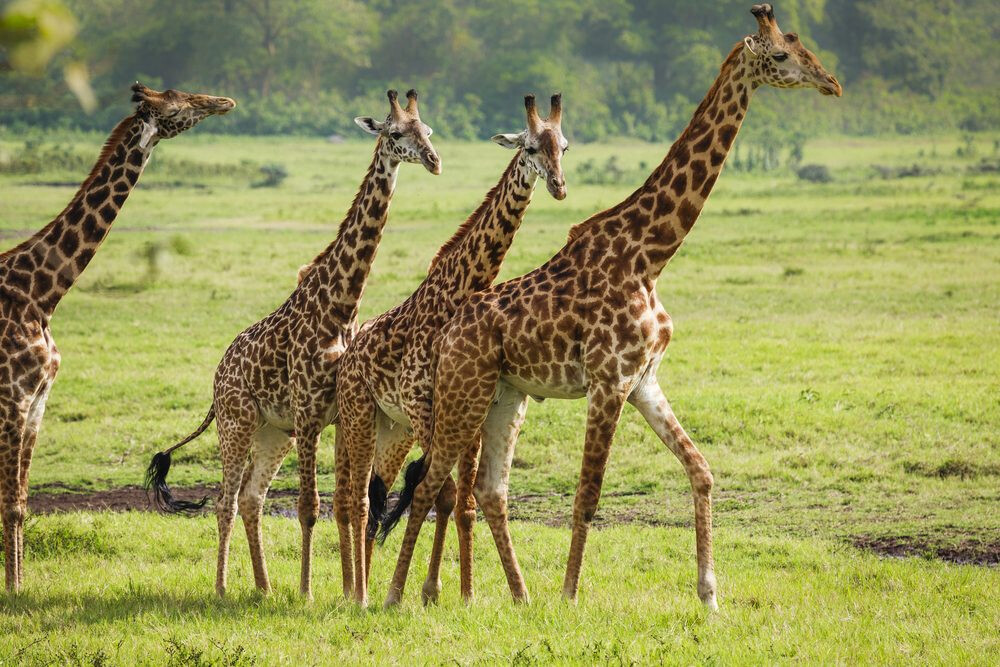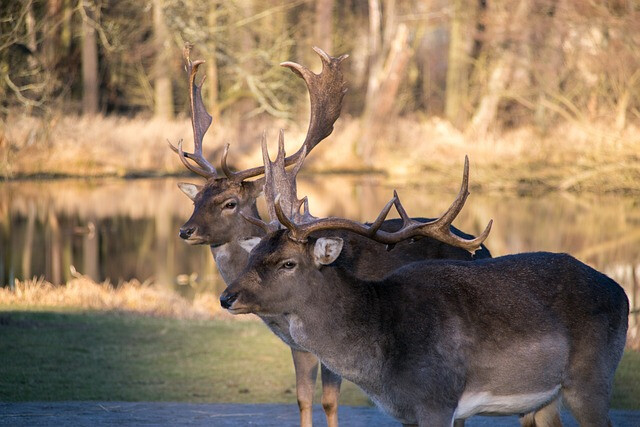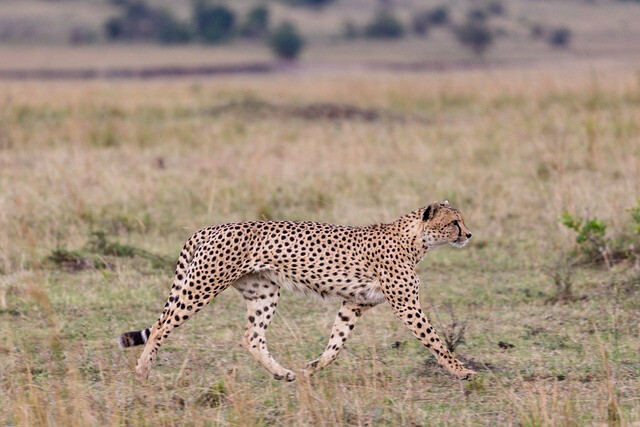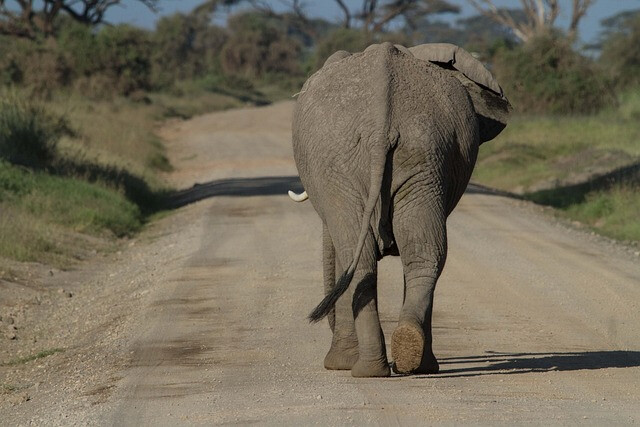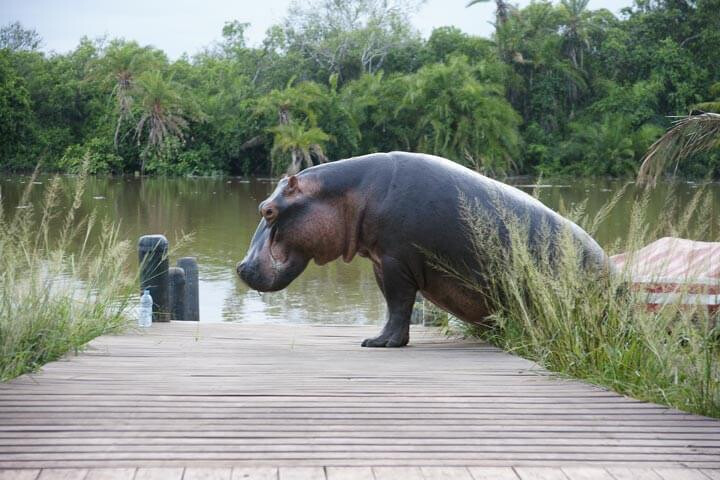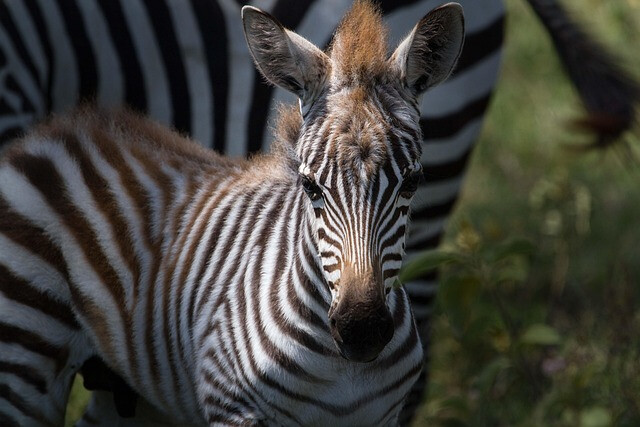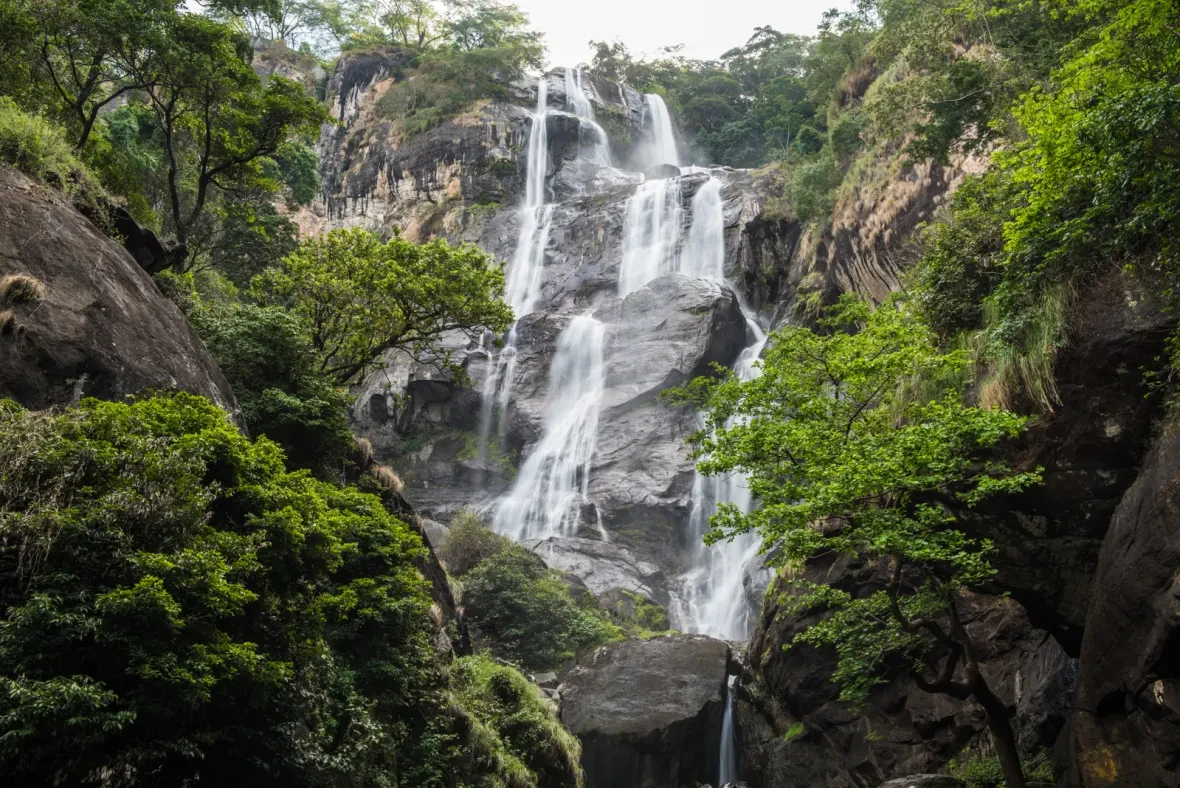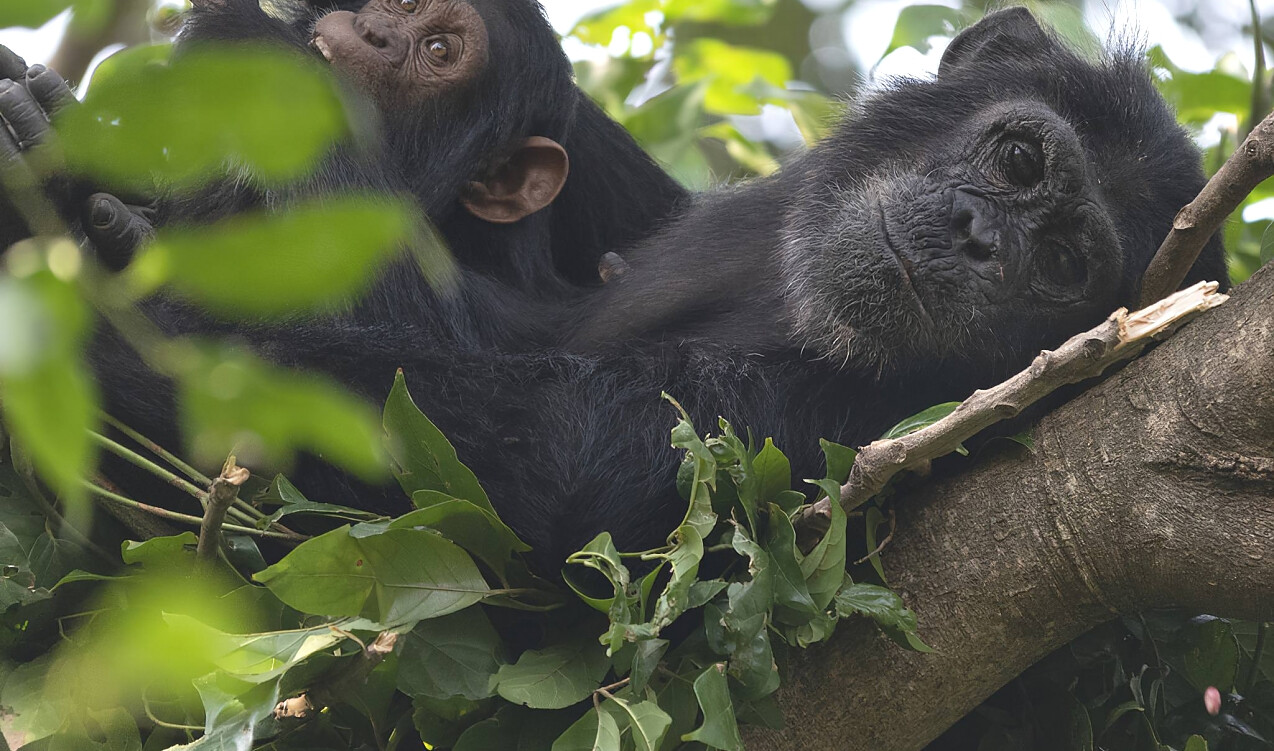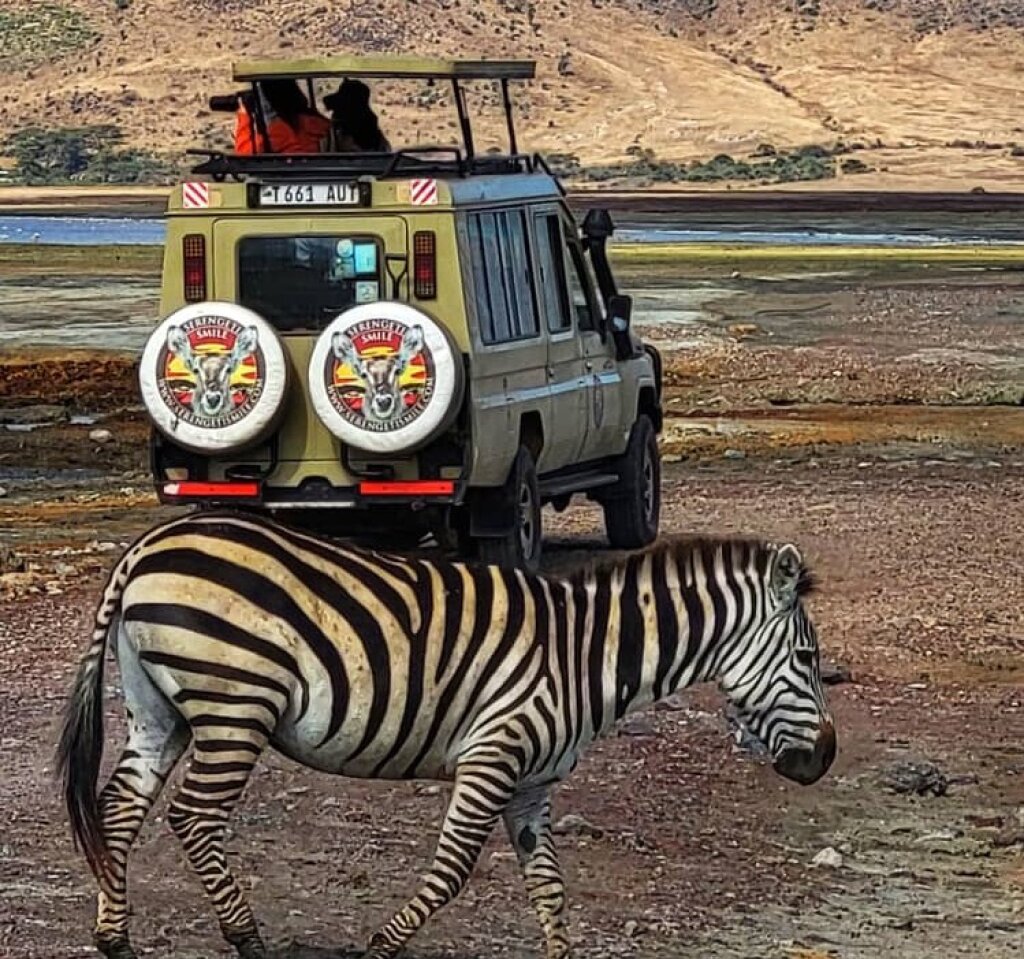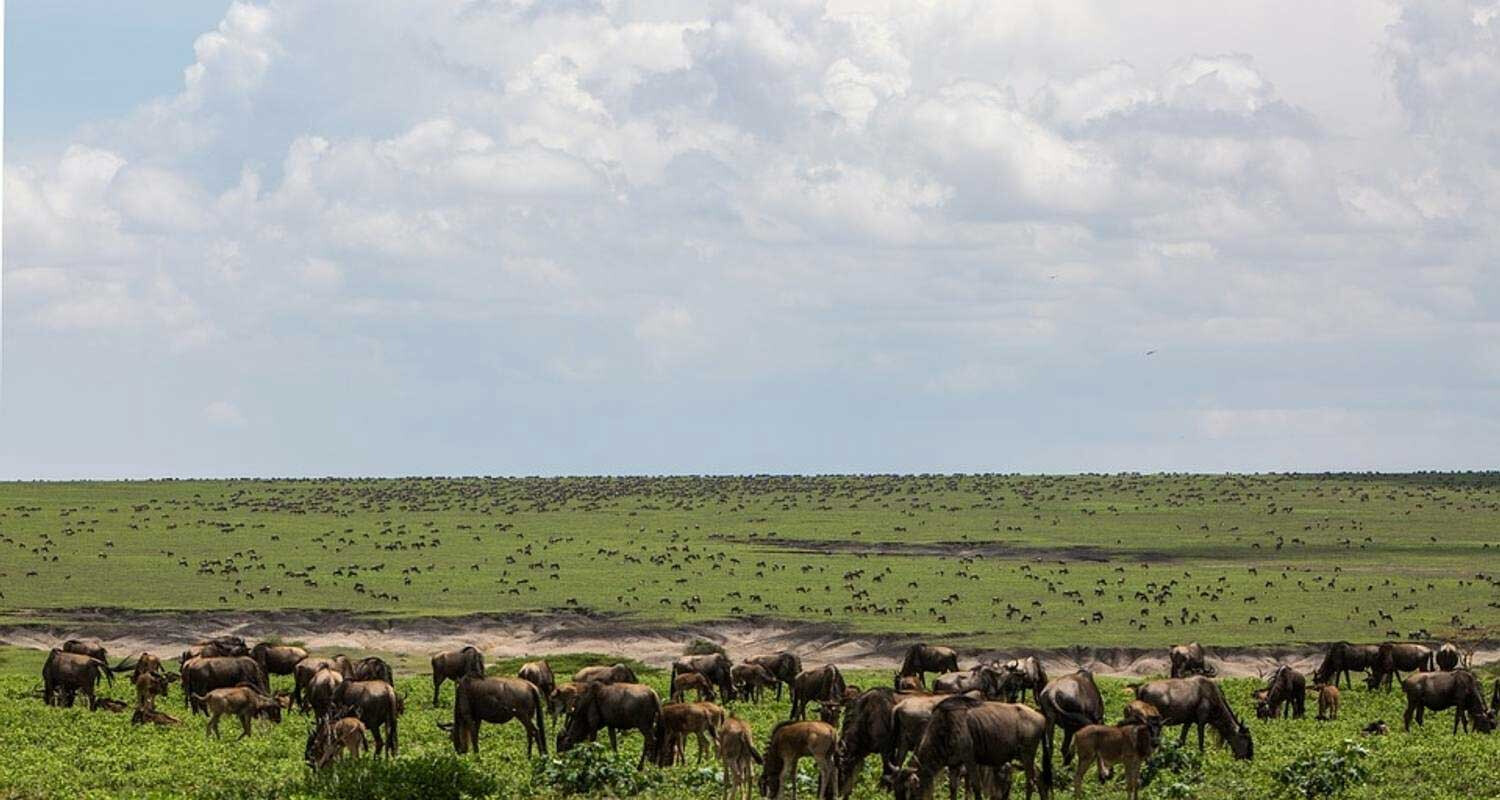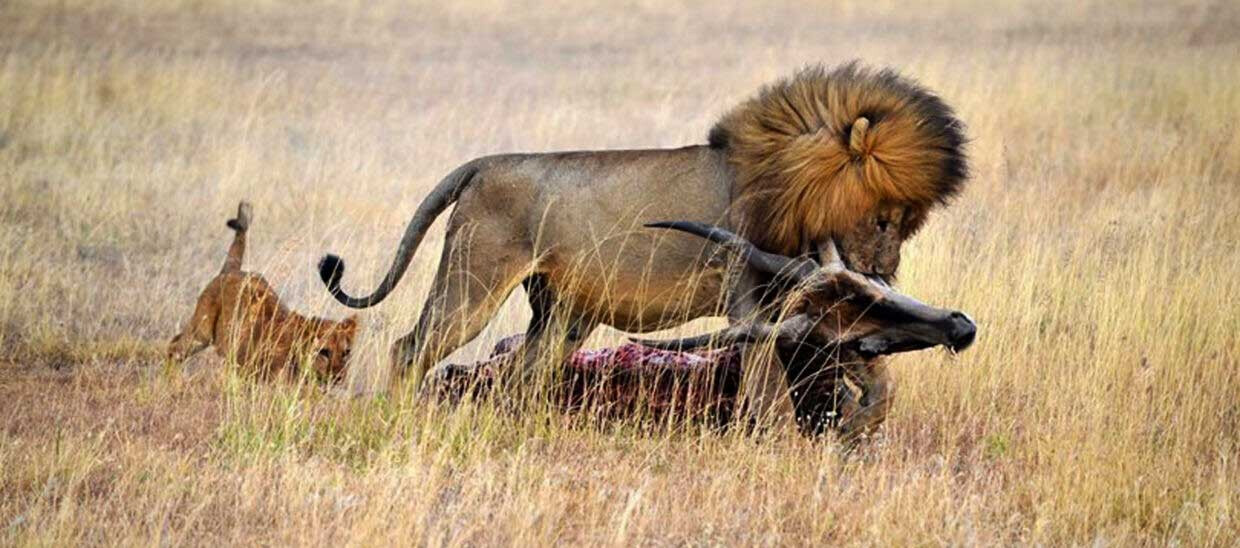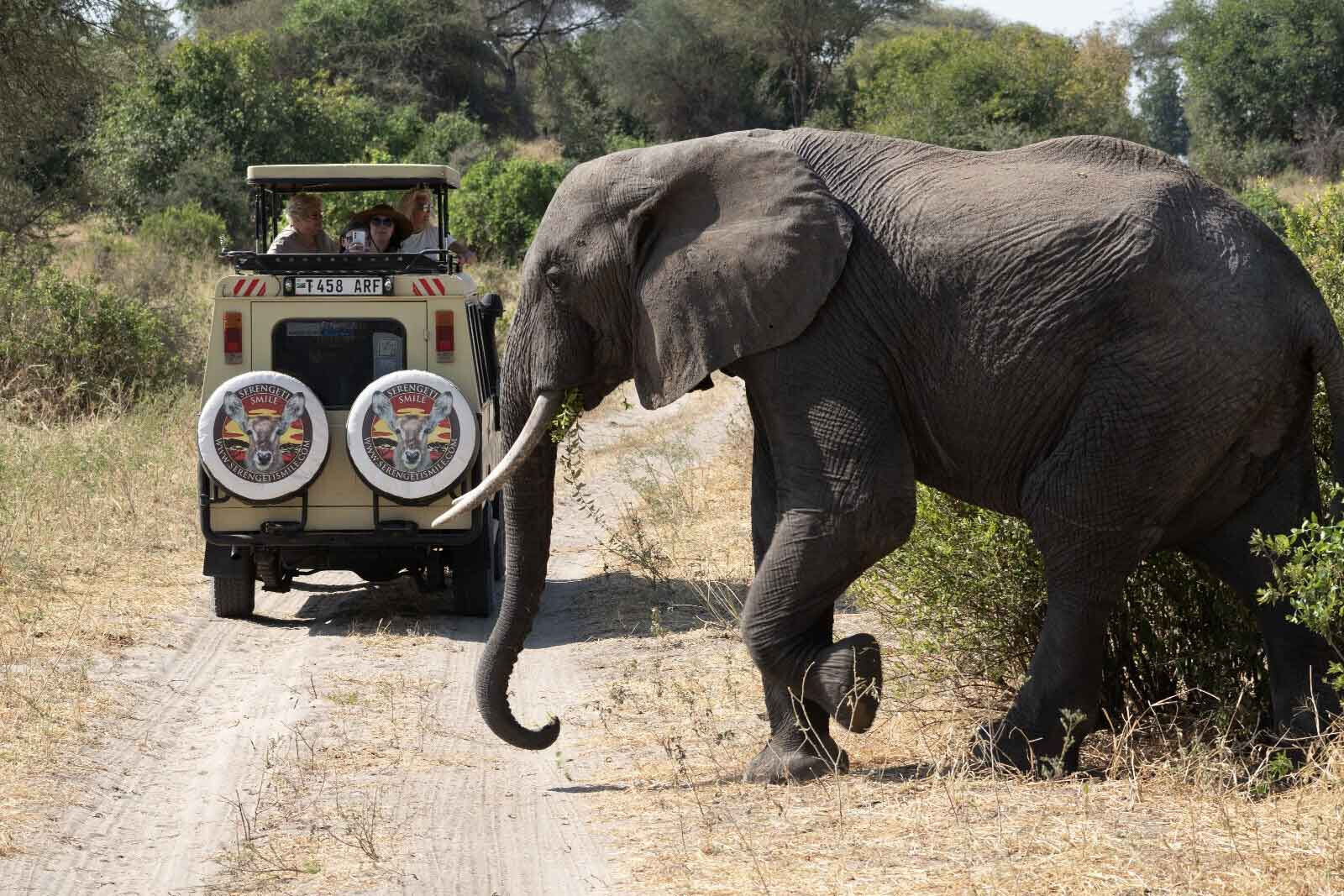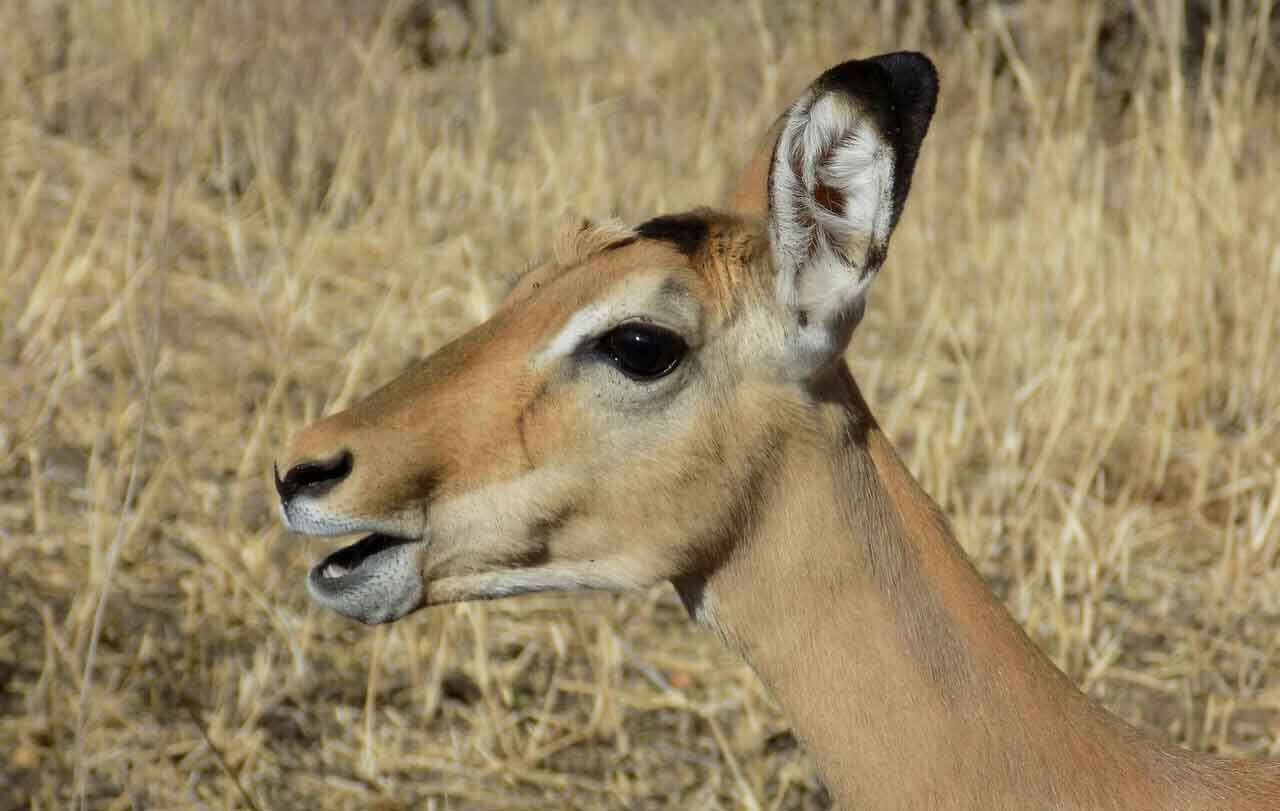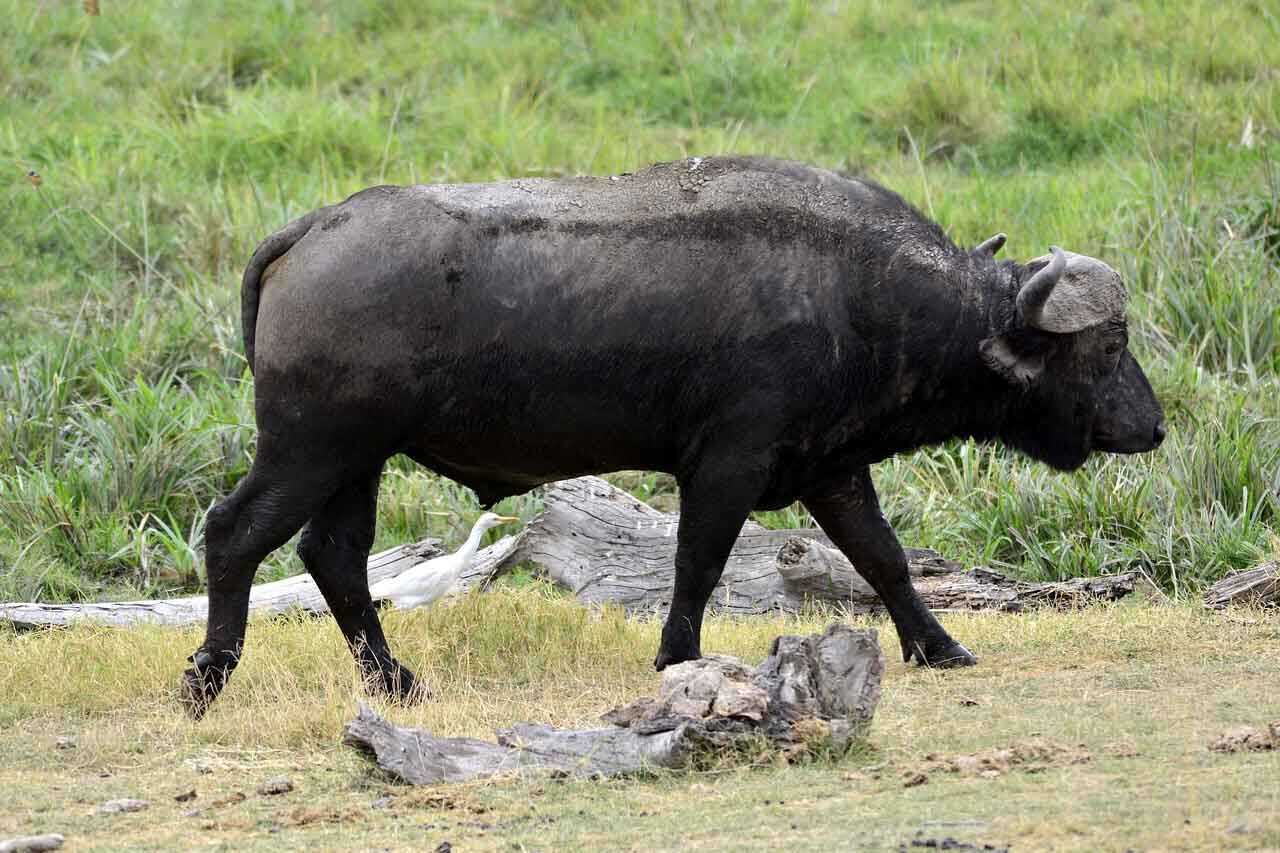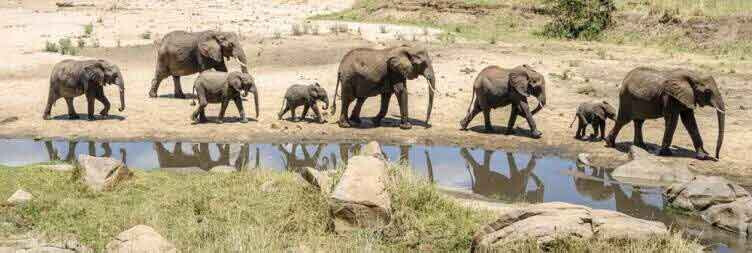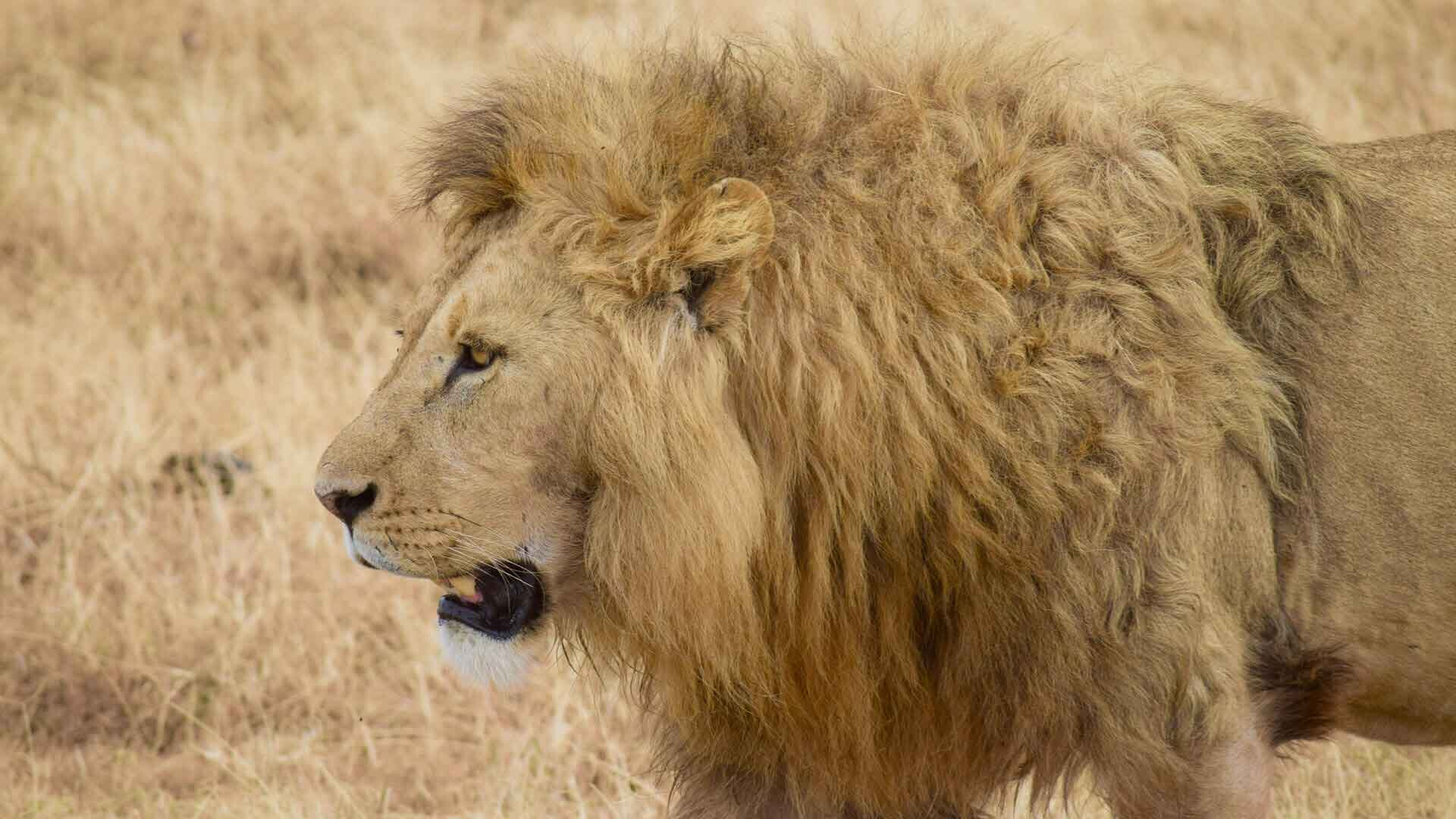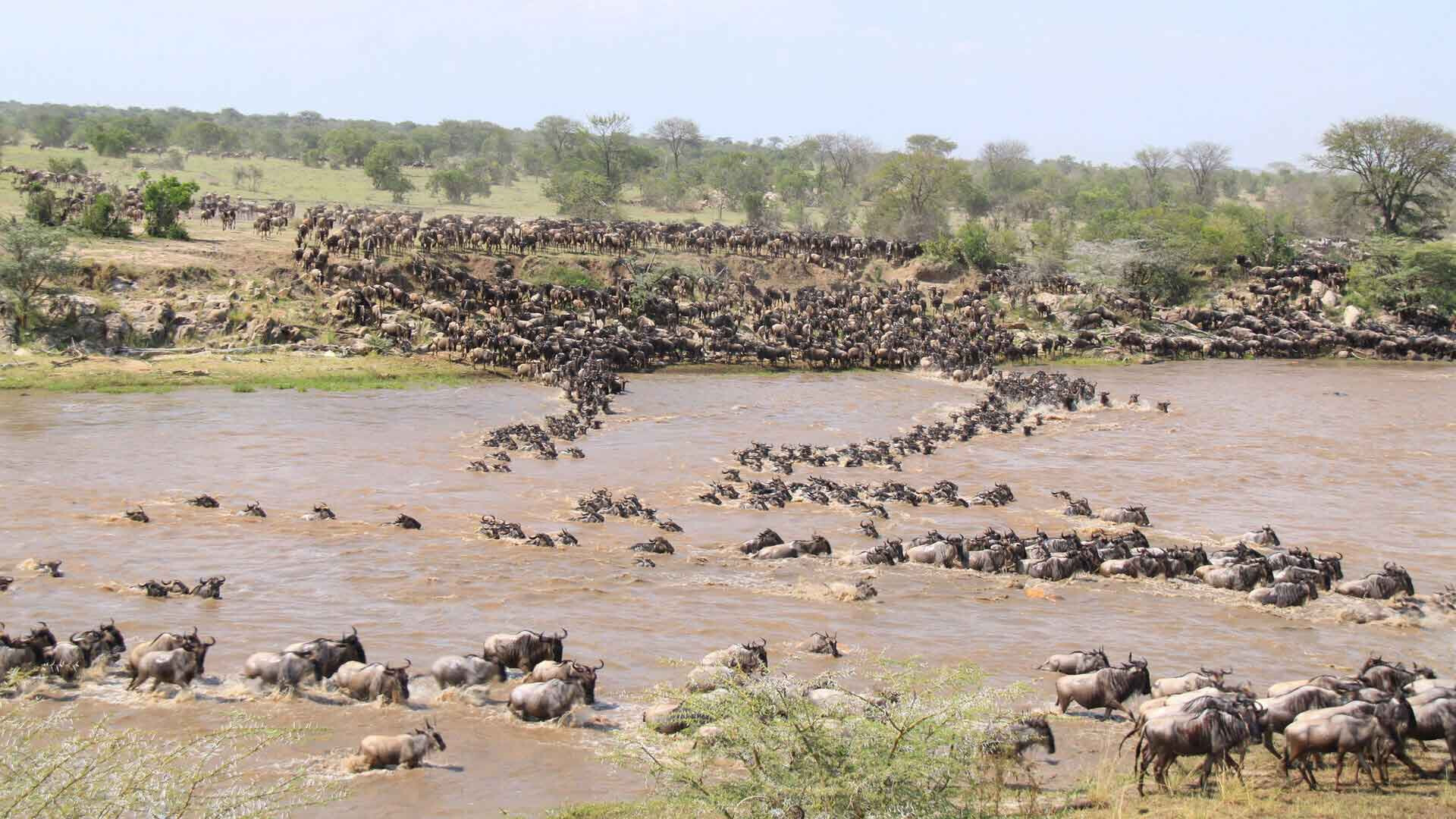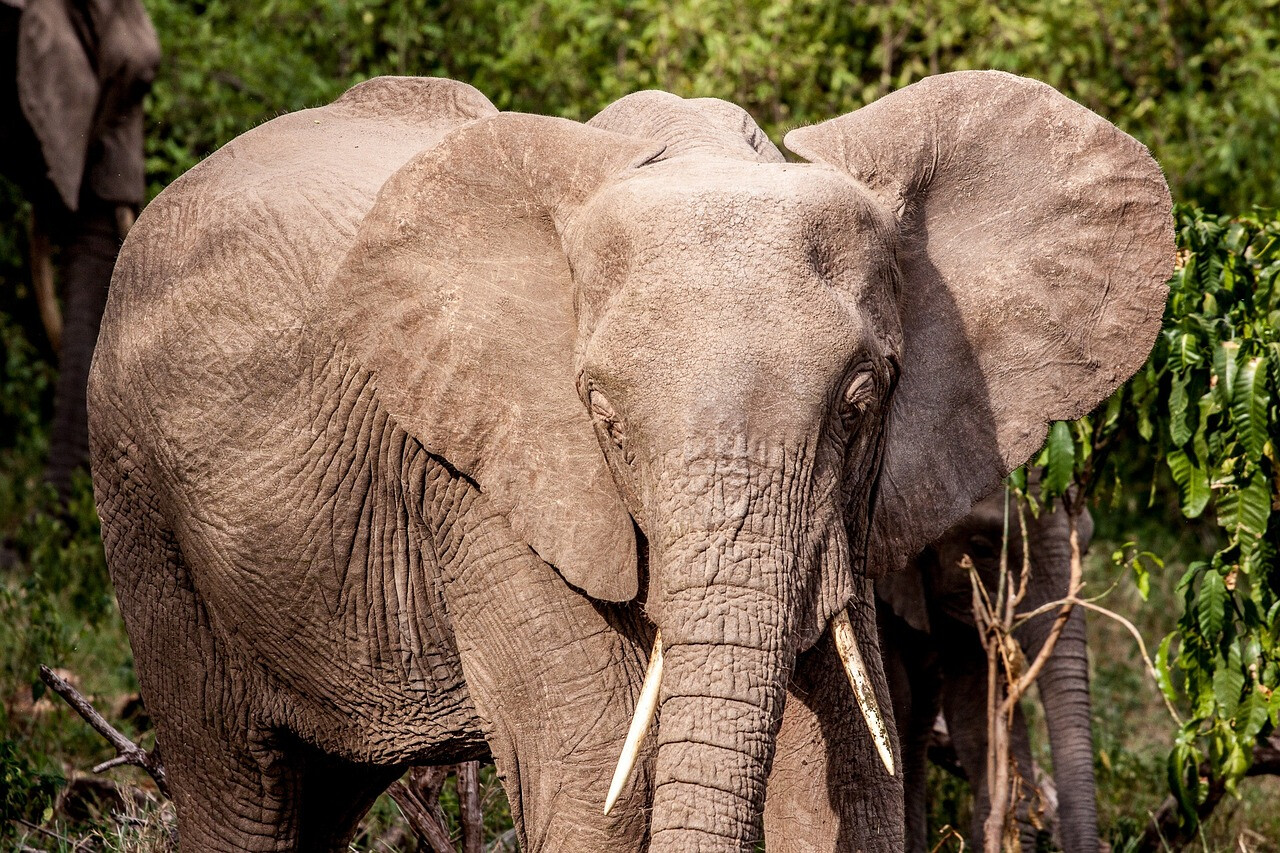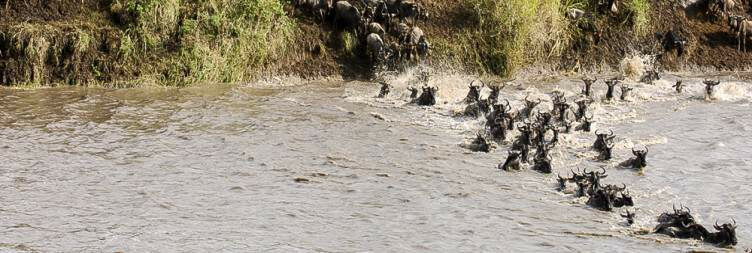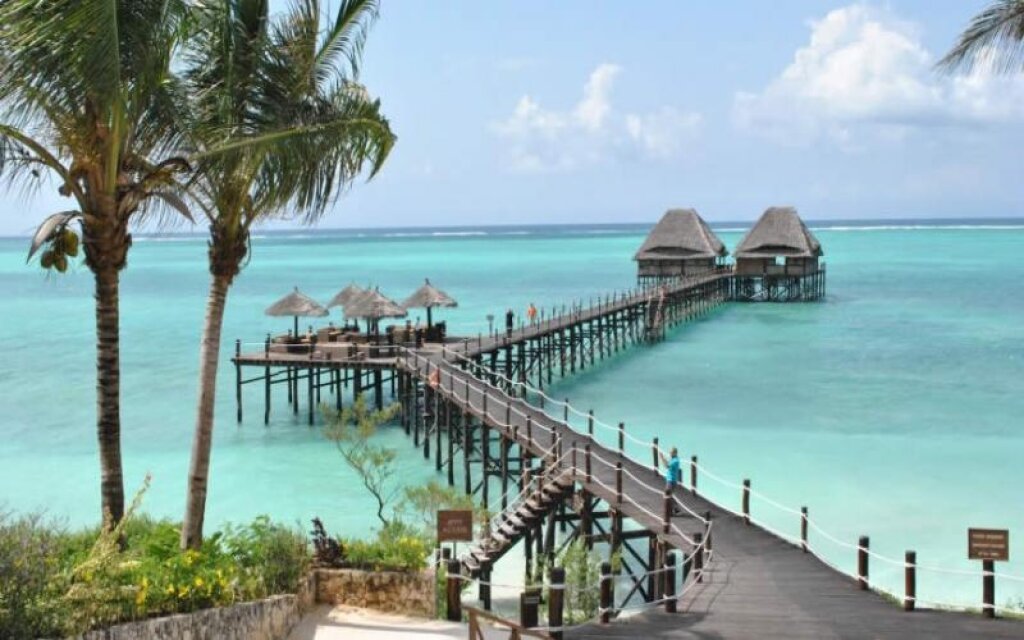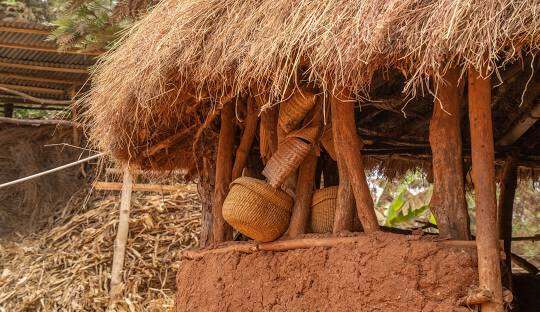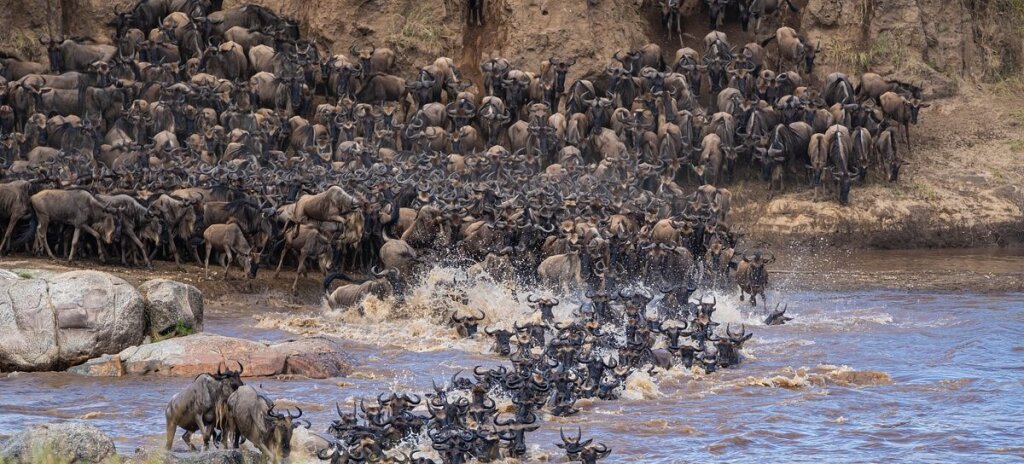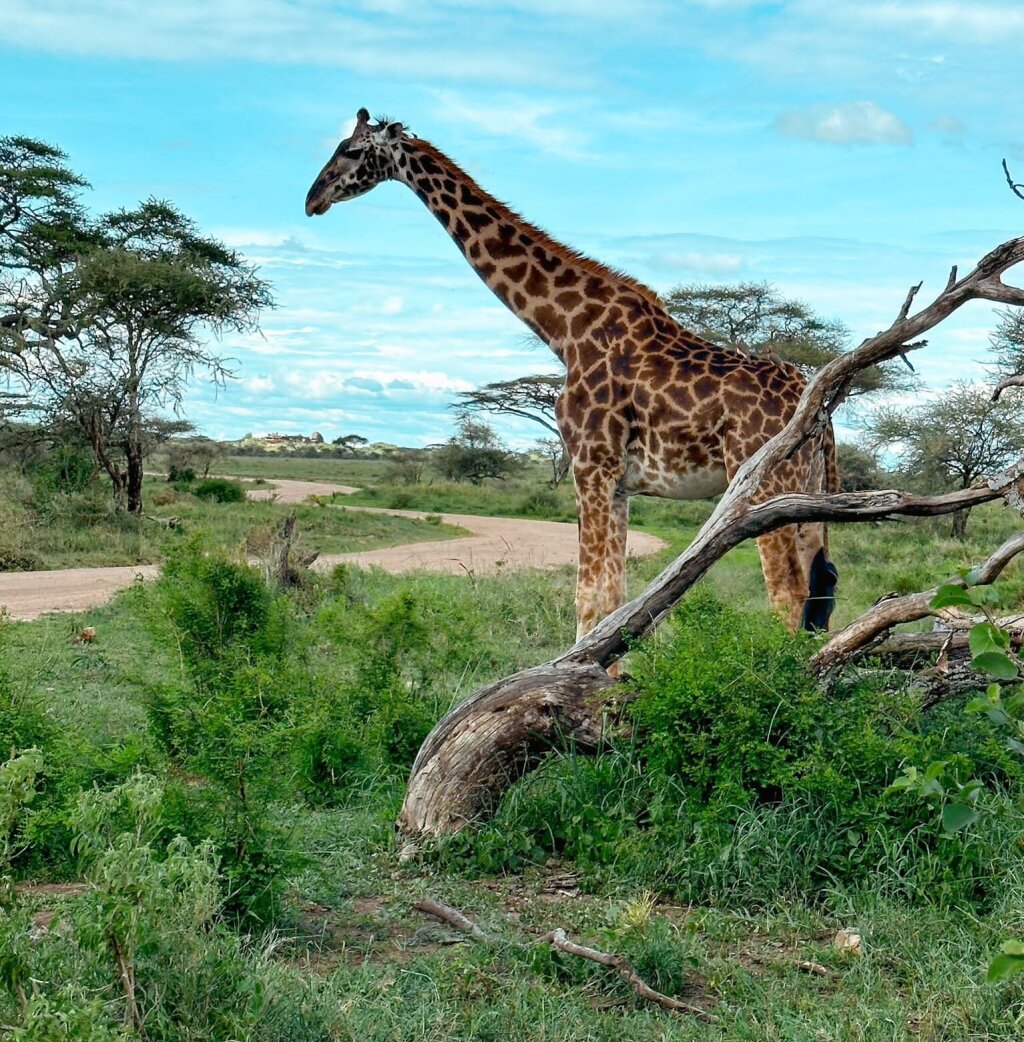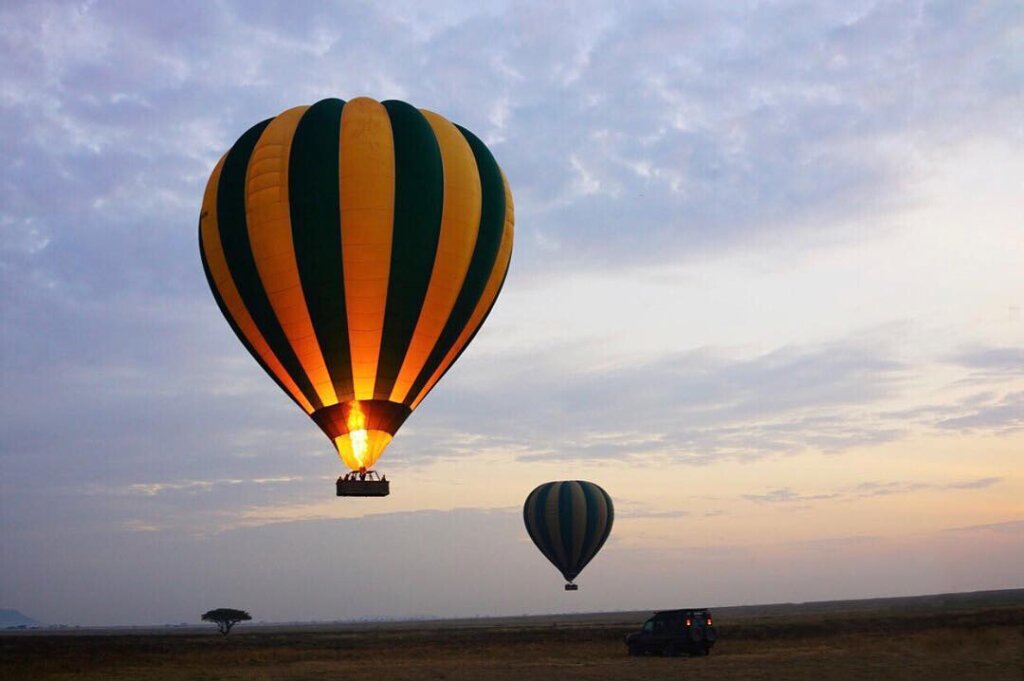Tanzania Travel Guide: Everything You Need To Know
Travel to Tanzania, the Jewel of East Africa
Tanzania is a big country and the main safari destinations can be split into the north (The Serengeti and Ngorongoro Crater) or the south (The Selous and Ruaha). Most tourists flock to the north as it is comprised of the famed highlights of Tanzania – and rightly so as the wildlife and game viewing is phenomenal.
Here you'll discover everything you require for a fantastic travel to Tanzania. Learn about the different national parks, beautiful islands, best-quality accommodations, and much more. Our Tanzania travel guide provides invaluable tips and must-see attractions that you simply can't afford to miss. Whether you're a seasoned traveler or if its your first safari experience, we've got you covered with insightful advice for planning your adventure in Tanzania.
Tanzania Travel: Wildlife & Animals
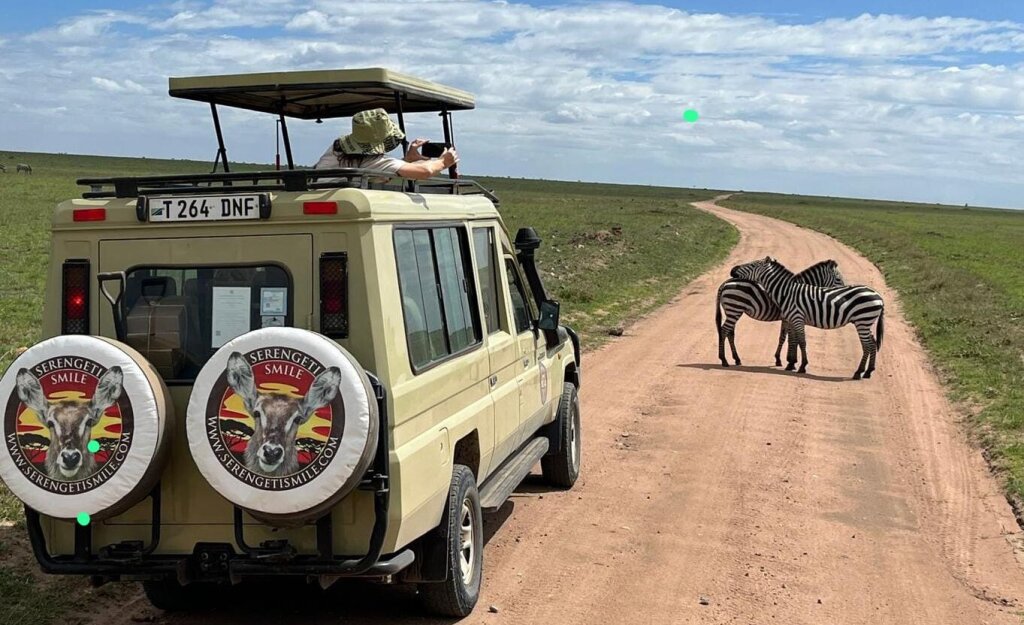
Tanzania is renowned for its incredible wildlife and diverse animals. Tanzania is the home to some of the most iconic species on the planet, including elephants, lions, giraffes, zebras, and rhinos. From the vast plains of the Serengeti to the stunning Ngorongoro Crater, Tanzania offers a unique opportunity to witness these majestic creatures in their natural habitat.
Whether you embark on a thrilling safari adventure or visit any Tanzania national parks, you are guaranteed to be captivated by the beauty and abundance of Tanzania's wildlife and animals.
Tanzania Travel: Weather & Climate
Tanzania experiences a diverse range of weather and climate conditions throughout the year. Tanzania has a distinct Dry and Wet season. Tanzania is located in the tropics, so it has a tropical climate.
Tanzania located in East Africa, and is characterized by its varied topography, which includes mountains, plateaus, and coastal plains. In the northern part of Tanzania, which includes popular tourist destinations like Serengeti National Park and Mount Kilimanjaro, the weather is generally cooler due to the higher altitude.
Moving towards the central and southern parts of Tanzania, the climate becomes more arid and the temperatures rise. The dry season, which lasts from June to October, is characterized by clear skies and warm temperatures. This is the peak tourist season as visitors can enjoy wildlife safaris and explore the stunning landscapes without the hindrance of heavy rainfall.
Along the coastal areas, including the popular island of Zanzibar, the climate is tropical and humid. The region experiences two rainy seasons, with the long rains occurring from March to May and the short rains from November to December. The coastal areas are known for their beautiful beaches and warm waters, making them ideal for swimming and water sports.
 EN
EN
 FR
FR
 IT
IT
